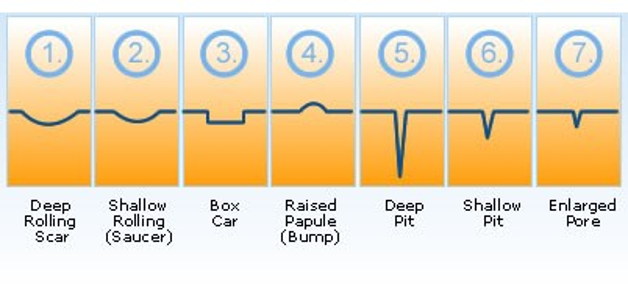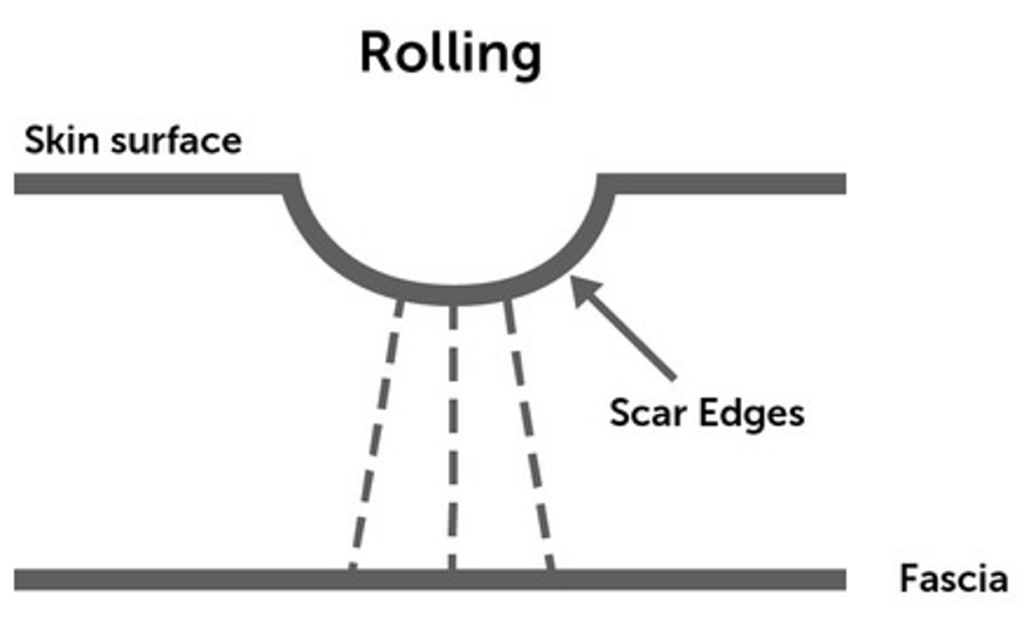Rolling scars: The misconception of treatment

By Ulrik knap, md, laser & acne scar specialist
Treating acne scars is a medical art that requires great skills and the use of the right methods. Not one method fits all acne scar types. Hence, I treat acne scars with different methods and choose the best methods for each individual acne scar. Combining different methods – when relevant – is the only way to achieve the highest cure rate. Therefore, patients come from most of the world to visit my office and have their acne scars treated by me personally.
Rolling scars can be very eye-catching and cause a lot of anxiety in the patient.
Unfortunately, there is a misconception that rolling scars should always be treated with lasers.
On the contrary, to achieve the highest cure rate, the fibrosis in the scar, which pulls down the dermis to the muscle fascia and subcutaneous tissue, has to be targeted with other techniques first .


How common are Rolling scars?
Rolling scars are so-called atrophic scars. Atrophic acne scars are the type of acne scars that have a loss of volume which causes depression of the skin.
In total rolling scars occur in 15%–25% of all patients with atrophic acne scars.
Though not the most frequent form of atrophic acne scar, rolling scars are still one of the acne scar types that I treat most of in my clinic.

What are the different forms of rolling scars?
Rolling scars occur from volume loss and dermal tethering of otherwise relatively normal-appearing skin and are usually wider than 4 to 5 mm.
Abnormal fibrous anchoring of the dermis to the subcutis leads to superficial shadowing and a rolling or undulating appearance to the overlying skin.
Basically, we have deep rolling scars and shallow rolling scars. This would be the type of acne scars which are illustrated in figure 1 and 2 in the illustration below:

What causes rolling scars?
Rolling scars are caused by volume loss as well as tethering of otherwise relatively normal-appearing skin.
As with all types of atrophic acne scars, they’re caused by moderate to severe acne. In rolling scars, the skin surface is pulled down by fibrotic bands which tether to the underlying muscle fascia or fat tissue as shown in the figure.


The fibrotic bands are caused by the unregulated production of collagen fibers during the repairing process (wound healing) which aims to repair the skin following the destructive manner of the acne lesions.
The wound healing is one of the most complex biological processes in the body and involves soluble chemical mediators, extracellular matrix components, fibroblasts, and a lot of different kinds of cells.
This process is managed by the immune system, which all at the same time both stimulate the production of new tissue as well as degradation of the tissue which was damaged by acne. In patients who are prone to develop rolling scars, researchers found that there is too much destruction of tissue compared to creation and rebuilding of new tissue! Hence, this imbalance between degradation and production of new tissue is one of the reasons why the scars start to depress. If you want to learn more about this subject, please take a look at this article, “What causes acne and acne scarring?”.
DR. KNAP ABOUT HOW TO TREAT rolling scars
One of the most important things when treating acne scars is to make a thorough analysis of the scars. Having my patient sited comfortably in a chair, I use good indirect lighting to identify the different kinds of acne scar types.
When analyzing rolling scars, it is very important for me to have the patient smile and animate, since this reveals any tethering and anchoring of the rolling scar which should be managed with subcision instead of lasers. Likewise, if the scar remains depressed while stretching out the skin, the scar is probably tethered, and are likely to improve with subcision. I use my hand and fingers to palpate the skin to get a feeling of how deep the fibrosis goes. This is a 3-dimensional examination that cannot be done by examining a photo or the patient via Skype. Therefore, I always see my patients for a physical consultation.
Hence, to get rid of rolling scars, we need to target both the fibrotic bands which anchors the dermis to the underlying muscle fascia and fat tissue and causes the scar to depress, but if there is any volume loss this should also be managed.
Based on my skin analysis, the different acne scar types, and the skin type of the patient, I tailor an individualized acne scar revision program specifically for the individual patient, which gives the highest possible cure rate.
How does subcision work on rolling scars?
One of the methods I use is subcision which remains one of the most effective treatments for tethered, rolling, anchored and bound down acne scars. In this technique, I use a needle or a Nokor needle to untether the fibrous bands underneath the skin surface which are anchoring the scar to the muscle fascia and fat tissue.
By moving the needle parallel to the skin surface in a fanning motion the fibrous strands are untethered within the scar. The fibrotic bands cannot be treated with any other methods.
Hence, lasers won’t work on these types of acne scars as long as they remain anchored. Once I untether the fibrous strands within the scar with the Nokor needle, the skin scar is immediately released and the skin scar is elevated. Hence, subcision gives immediate improvement.
In the same session, I inject a dermal filler underneath the scar. The dermal filler gives volume to the atrophic scar and secondly the filler works as a buffer and prevents the scar from making new adherences.
How does fractional laser resurfacing work on rolling scars?
Fractional CO2 laser skin resurfacing is an internationally recognized technique to improve acne scars. This treatment is excellent to improve the overall skin texture and to get rid of shallow boxcar scars and untethered rolling scars following subcision.
The fractional CO2 laser delivers beams of heat energy which penetrates the top skin layers reaching into the dermis. This makes the method ideal for certain atrophic acne scars because the scarring is located in the dermis.
Thus, when delivering energy into the dermis, the laser energy creates controlled microscopic thermal damages in the dermis that stimulate new production of collagen, elastins, and extracellular matrix, and starts a remodeling of the scar tissue.

The complete result after a single fractional CO2 laser treatment is seen after 6-8 months, though the scars continue to remodel in up to a year after the treatment. However, the best thing about fractional laser treatment of acne scarring is that the result is permanent.
Dr. Ulrik Knap about treating rolling scars
I often consult patients with tethered acne scars who have tried a lot of different treatments at other clinics, including chemical peels, micro-needling, non-ablative and ablative lasers, but without much improvement of their scars.
No doubt, rolling scars are the most challenging atrophic acne scar type to treat using the wrong methods. However, in those types of acne scars, the tethering needs to be broken down. This is done horizontally with a sharp needle, and not vertically with a laser or a Dermapen.
Thus, performing subcision followed by filling really can do a marked improvement in patients with tethered rollings scars. Therefore, I always make a great effort to analyze the scars to identify any tethering or anchored which should be broken down before proceeding with any other methods.
Best Regards

Ulrik Knap, MD., Laser & Acne scar specialist

